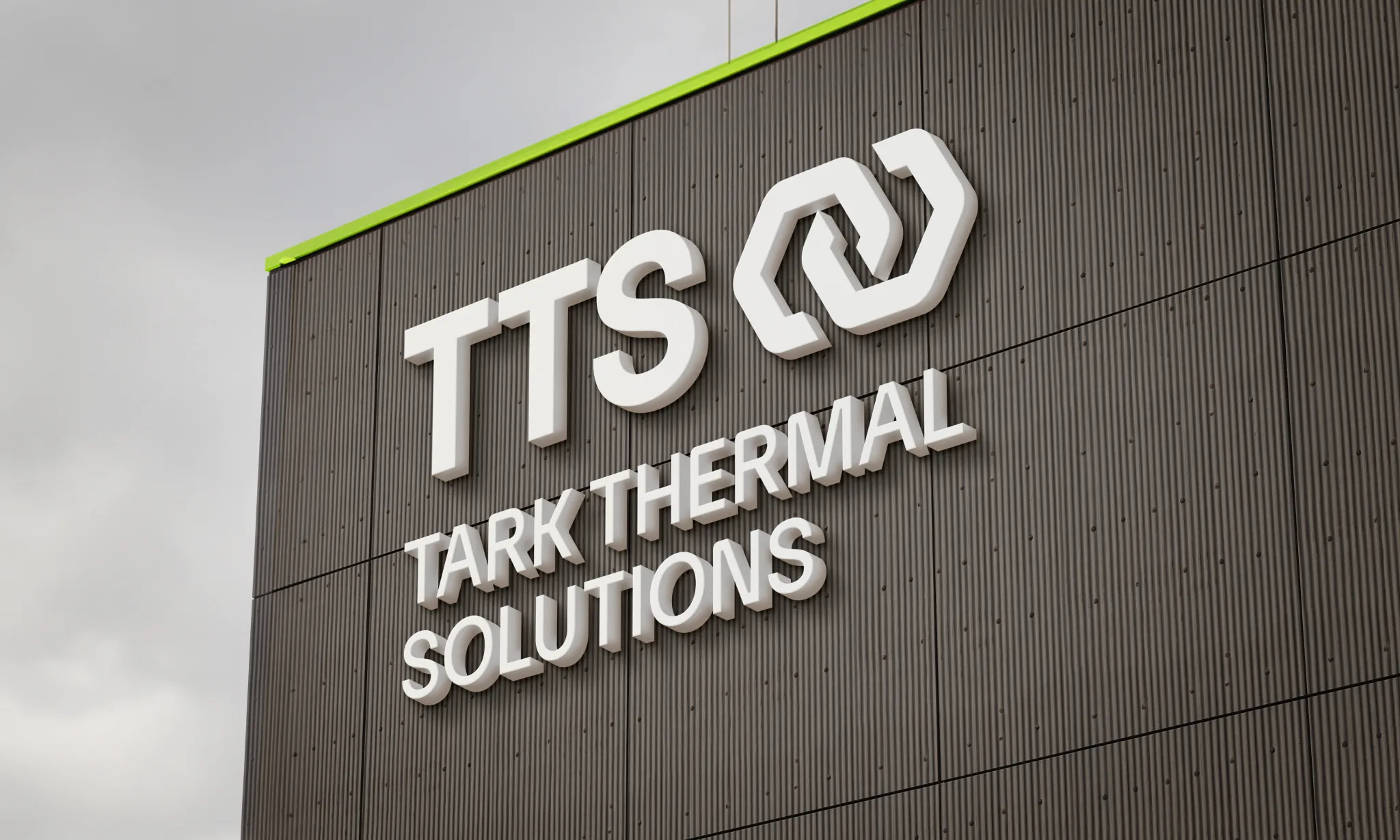Recirculating Chillers for Industrial Lasers
Introduction
Industrial lasers are used for a wide range of applications including cutting, welding, micro-machining, additive manufacturing and drilling. No matter the application, industrial laser systems generate a significant amount of heat. There are several different types of industrial laser technologies, ultimately distinguished by the power density of the laser and its use. The commonality of every laser system is the need for advanced cooling of the power source and the laser optics.
